STABU and RAW are contract forms for construction. STABU and RAW are both a specification system. STABU is a standard that is used specifically for residential construction and B&U. RAW is a standard for ground, road and hydraulic engineering (GWW). Recording agreements is important. Also in a BIM process. STABU and RAW are increasingly being combined with BIM.
The manufacturer is a knowledge partner for construction. It is interesting for suppliers to work out solutions for inclusion in STABU or RAW. ZeeBoer can support you with this. Would like to know more? Request our free white paper.

